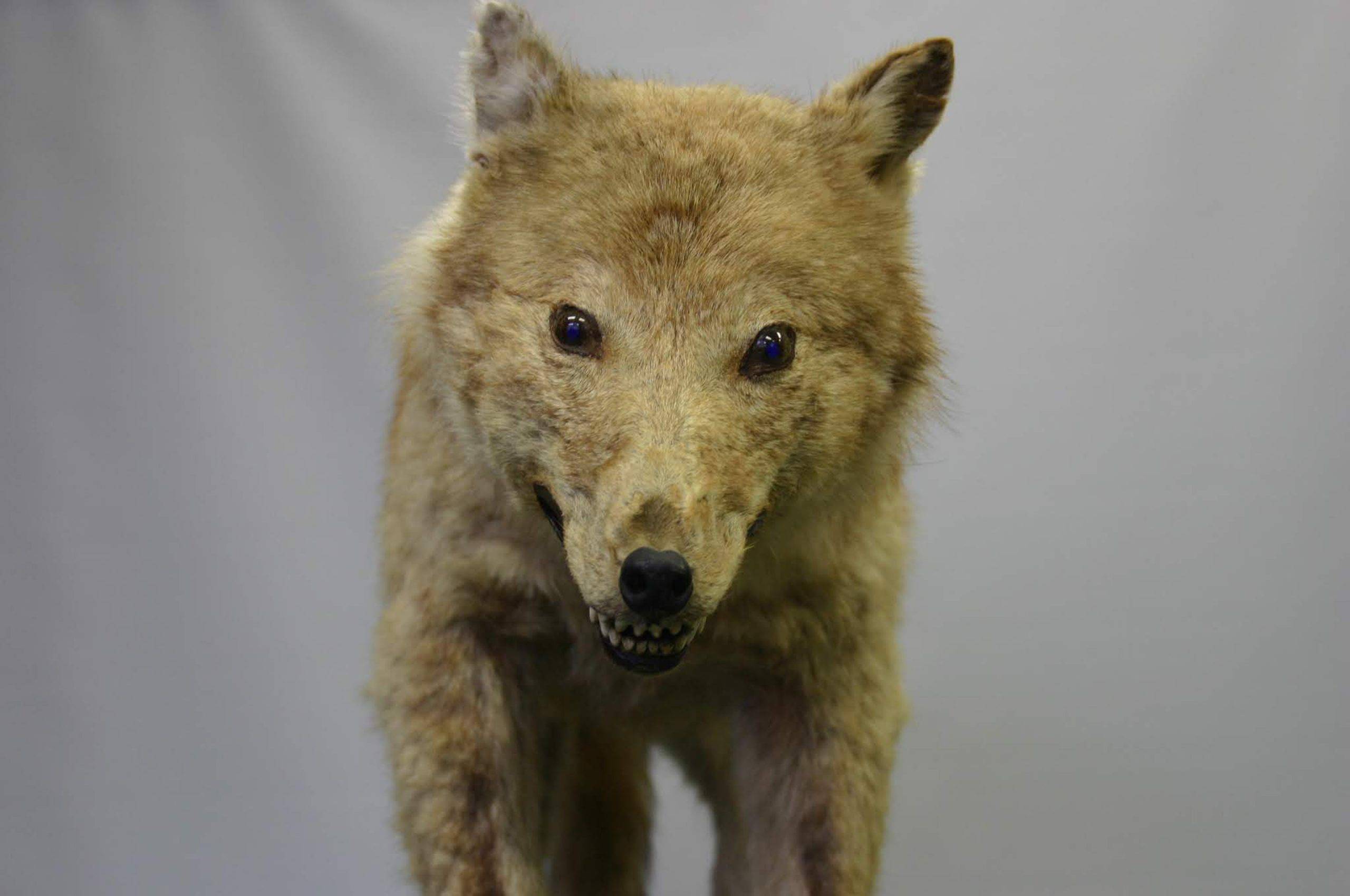In the summer of 1823, Philipp Franz von Siebold arrived in Japan to work as a resident doctor at Dejima, an artificial island in the port of Nagasaki that was a Dutch trading post until the mid-19th century.
A prolific collector of animals, plants, artworks and maps, the German physician and botanist introduced the latest Western medicine to Japanese students and engaged himself in the study of the nation’s fauna and flora. His research would eventually lead to the publication of the five-volume “Fauna Japonica,” the first book written in a European language about animal life in the archipelago. The title helped establish the basis for zoology in Japan.
Records indicate that in 1826, en route to Edo, the capital of the Tokugawa shogunate in what is present-day Tokyo, Siebold stopped by Tennoji Temple in Osaka. There, he purchased two live canines, describing one as an ōkame (ōkami), or wolf, and the other a jamainu (yamainu), or mountain dog. Whoever sold him the animals, one presumes, offered them as distinct beasts known by different names.



